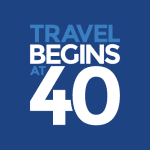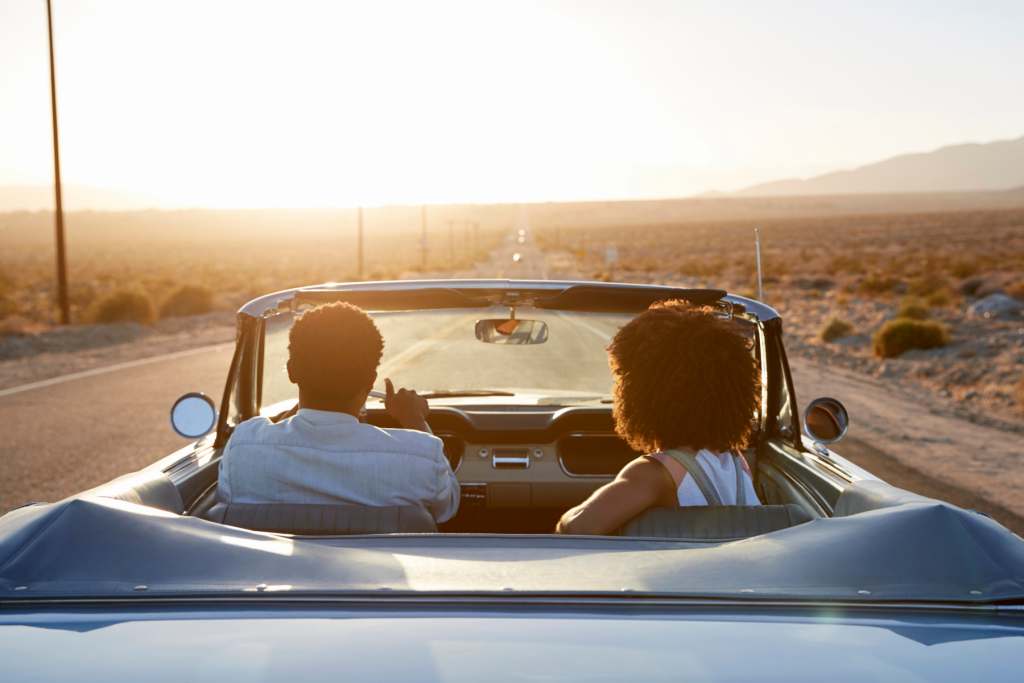There’s something magnetic about driving across California. Maybe it’s the feeling of space, or the way the light changes every hour. You start near the coast where the Pacific keeps you company, that slow crash of water just off to your side. The air smells sharp and clean. Then you turn inland and everything shifts. The trees thin out. The temperature jumps. You’re surrounded by gold hills that look almost painted. Keep going and you hit mountains, or desert, or both if you drive long enough.
California has a way of making you feel small and awake at the same time. Every mile feels like it’s pulling you somewhere. And still, for all the beauty and freedom, it’s a place that asks for respect. It’s easy to forget how big it really is. A drive that looks short on the map turns into an all-day thing. The weather changes without warning and that same road that gives you peace one minute can test your patience the next.
Planning doesn’t take the fun out of it. It just makes sure the fun lasts.
When and Where to Go
The hardest part is figuring out when to go and where to start. California doesn’t sit still. The coast has its own mood, the valleys another, the mountains another still.
If you’re chasing those postcard views on Highway 1, know that the fog can roll in and hide everything for hours, especially early in summer. You’ll drive for miles seeing only gray air and a hint of ocean below.
If the desert is calling, spring and fall are the best bets. Joshua Tree feels like another planet when the sun is lower and the heat isn’t punishing. Death Valley in summer isn’t adventure, it’s endurance. Go when the temperatures drop and you’ll actually want to stop and look around.
The mountain roads through Yosemite, Sequoia, and the Sierra Nevada can be spectacular, but winter hits hard up there. One storm and a pass can close for weeks. The best windows for that kind of trip are usually April through June, then again from September into early October.
Whatever route you take, check conditions before you leave. Caltrans updates road closures constantly. A rockslide or wildfire can shift your plans in minutes. Knowing ahead of time keeps you moving instead of stuck at a roadblock with no signal.
Get the Car Ready
A road trip isn’t just about where you go. It’s about how you get there. And that means the car matters.
You don’t need to overhaul the thing, just give it attention. Check the oil, coolant, and brake fluid. Look over your tires—including the spare—and make sure they’re in good shape. Test your lights, your wipers, and your battery. Take it for a short drive before the trip and listen for anything that doesn’t sound right.
In 2023, California reported 4,061 deaths on its roads and 44% of those were multiple vehicle crashes. So, throw a small kit in the trunk. A few bottles of water, a flashlight, jumper cables, and a first-aid pack. Maybe a blanket. It doesn’t take much space, and if something happens far from town, you’ll be glad you have it.
For those who want to be even more prepared on the road, enrolling in a CPR Class near Los Angeles can be a smart step toward learning lifesaving skills for emergencies
If you’re renting, ask about roadside assistance before you sign. Some places include it, some don’t. Write the number down and don’t rely on your phone. There are long, empty stretches in California—Highway 395, parts of Highway 1—where the bars on your screen disappear. You want a plan that doesn’t depend on the signal.
When Things Go Wrong
Even careful drivers have bad days. California freeways move fast, and the mix of tourists, commuters, and trucks keeps things unpredictable.
If something happens, try to stay calm. Check for injuries, yours and anyone else’s. Move out of traffic if you can. Call 911 if you need help or if cars are blocking the road. Even if you think you’re fine, see a doctor later. Injuries like whiplash can take a day or two to make themselves known.
Once everyone’s safe, take photos. Get the license plates, the scene, the damage. Keep the talk simple when you exchange information. Avoid conversations about who caused what. Let the reports sort that out later, and then call your insurance company as soon as possible.
If it turns into a bigger mess that involves disputes, medical costs, and unclear responsibility, it can help to talk to a good lawyer who handles car accidents. Most work on contingency, meaning they only get paid if your case succeeds. It’s not something anyone wants to think about on vacation, but having help lined up can save you stress later.
Staying Sharp on the Road
California driving keeps you alert. Freeways like the 405 move like rivers. Mountain roads twist tighter than you expect. Desert highways are so straight they start to play tricks on your sense of distance. Every kind of terrain comes with its own rhythm.
Keep space between you and the car ahead. Watch the weather, especially near the coast. Fog can appear in seconds and turn everything white. If that happens, slow down. Pull off somewhere safe and wait it out. The road will still be there when it clears.
Wildlife crossings are more common than people realize. Coyotes and even elk in some parts of the state. More than 48,000 deer, thousands of amphibians and smaller animals, and close to 100 mountain lions are killed each year by vehicles. Early morning and evening are the riskiest times. Stay alert, especially when the light is low.
Staying Connected
Phones make travel easier, but don’t depend on them completely. Download offline maps before you leave town. Or keep a paper one in the glove box, just in case. It sounds old-fashioned, but it works every time.
Check the weather and wildfire reports each morning. Summers and early fall can change fast. Fires can jump miles in an afternoon. A route that’s safe at breakfast might be closed by lunch.
If you’re driving solo, text someone your route and when you plan to arrive. It’s a tiny thing, but if something goes wrong, someone will know where to start looking.
Final Words
By the time you’ve packed, checked the car, mapped your route, and stocked up on water and snacks, you’ve done the hard part. What’s left is the best part.
A California road trip rewards the people who pay attention. The careful ones. The curious ones. You don’t control the road—you just move with it. You watch how it changes and let it carry you where it wants.
The freedom people talk about? It’s real. You just have to earn it a little first.

